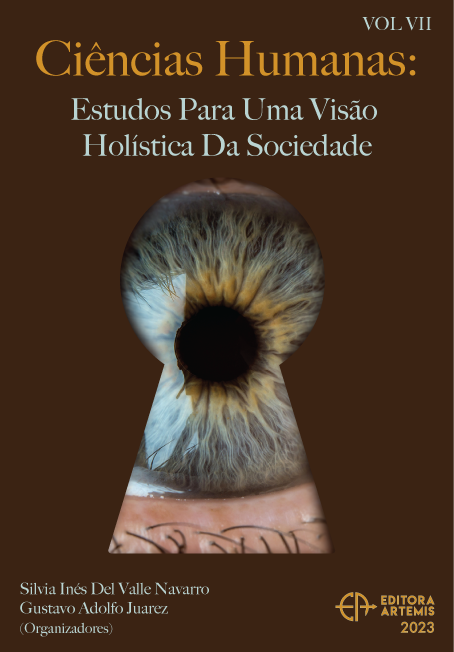
ARCHITECTURAL HISTORY IN FLUX: ERNESTO ROGERS AND THE DUALITY OF ESTRANGEMENT AND FAMILIARITY
Ernesto N. Rogers foi a figura chave da arquitetura italiana do pós-guerra, tanto no campo da teoria como na prática. Arquiteto, educador, escritor e editor, foi um homem de grande erudição e talento. Como muitos intelectuais na Itália pós-Segunda Guerra Mundial, ele teorizou a história e usou fontes de forma um tanto eclética para promover sua ideia de continuidade como modelo temporal na arquitetura. A sua teoria, por um lado, emergiu de uma tradição intelectual italiana específica do pré-guerra, mas também se baseou num amplo espectro de fontes, incluindo Enzo Paci, Henri Bergson, John Dewey e Henri Focillon, entre outros. Encontrou o seu caminho na narrativa da arquitetura em algumas das obras do seu escritório, nomeadamente no projecto da Torre Velasca em Milão, que utilizamos como estudo de caso neste artigo. Seguindo a sua ideia de “sentir a história”, ele criou edifícios e peças que estão em constante estado de fluxo entre o que se pode sentir como familiar, uma representação “verdadeira” da história, e, por outro lado, o estranhamento que vem com o desejo de incorporar fisicamente a história em ambientes pré-existentes (ou seja, cidades ou ambientes naturais) que nunca estiveram verdadeiramente presentes. O resultado é o desconforto que surge da questão de representar a história em forma física, que oscila entre a história tal como a imaginamos e a história como fonte de imaginação futura.
ARCHITECTURAL HISTORY IN FLUX: ERNESTO ROGERS AND THE DUALITY OF ESTRANGEMENT AND FAMILIARITY
-
DOI: 10.37572/EdArt_27112306213
-
Palavras-chave: Ernesto Rogers, Continuidade, História, Tradição, Torre Velasca
-
Keywords: Ernesto Rogers, Continuity, History, Tradition, Torre Velasca
-
Abstract:
Ernesto N. Rogers was the key figure in post-war Italian architecture, both in the field of theory and practice. An architect, educator, writer, and editor, he was a man of great erudition and talent. Like many intellectuals in post-Second World War Italy, he theorized history and used sources somewhat eclectically to promote his idea of continuity as a temporal model in architecture. His theory, on the one hand, emerged from a particular Italian pre-war intellectual tradition but was also based on a wide spectrum of resources, including Enzo Paci, Henri Bergson, John Dewey, and Henri Focillon, among others. It found its way into the narrative of architecture in some of the works of his office, notably the project for Torre Velasca in Milan, which we will use as a case study in this paper. Following his idea of "sensing history," he created buildings and pieces that are in a constant state of flux between what one might feel is familiar, a "true" representation of history, and, on the other hand, estrangement that comes with the desire to physically embody history in pre-existing environments (i.e., cities or natural environments) that were never truly present. The result is the uneasiness that arises from the question of representing history in physical form, which oscillates between history as we imagine it and history as a source of future imagination.
-
Número de páginas: 17
- Lejla Vujicic

